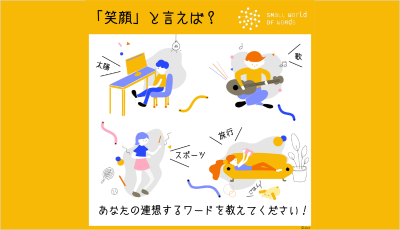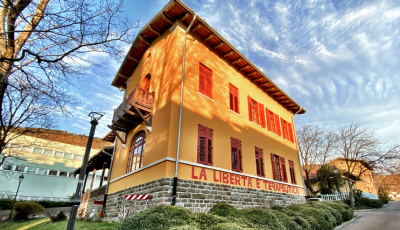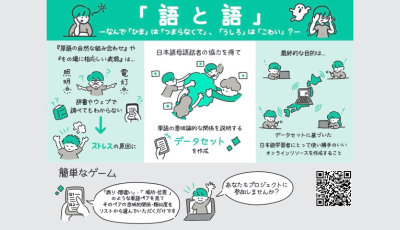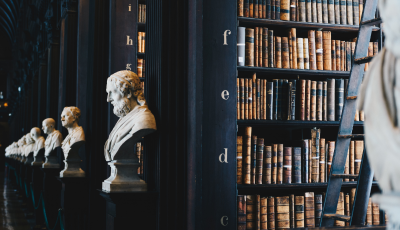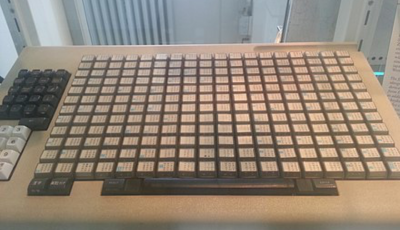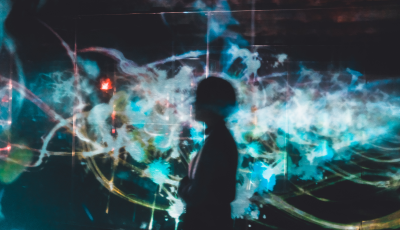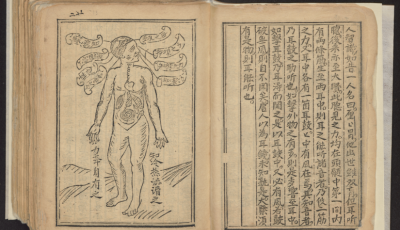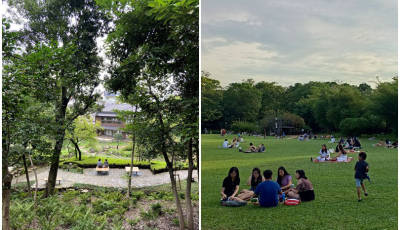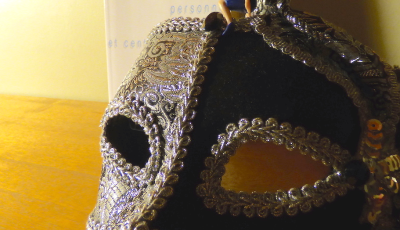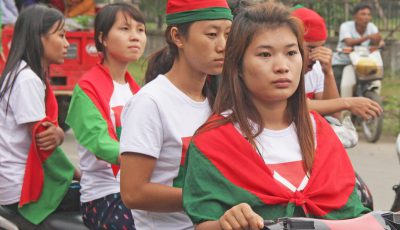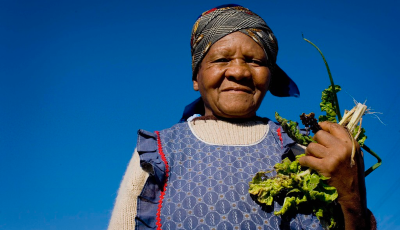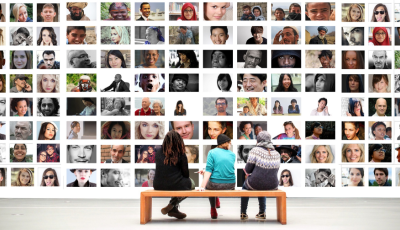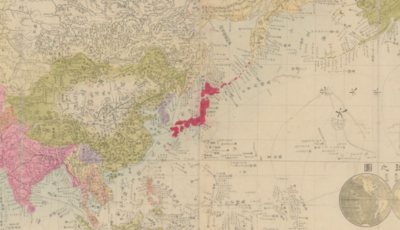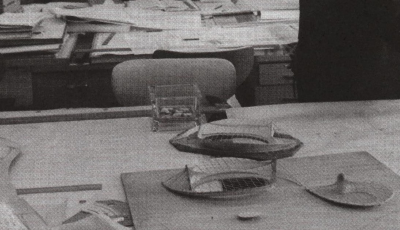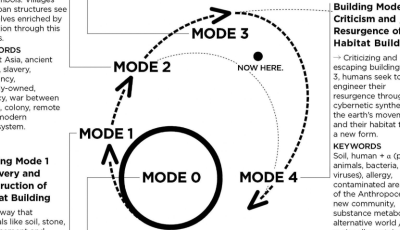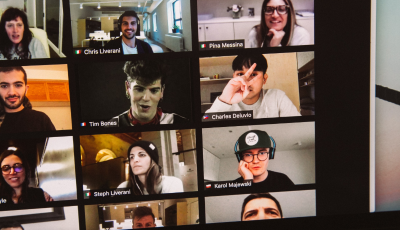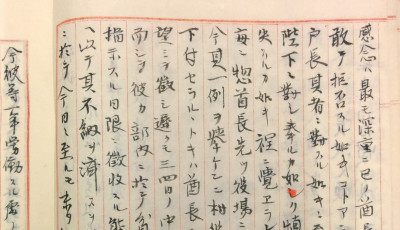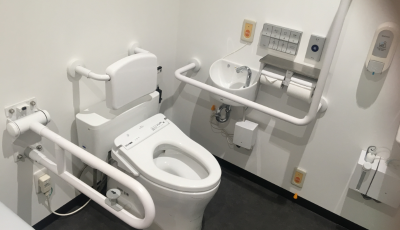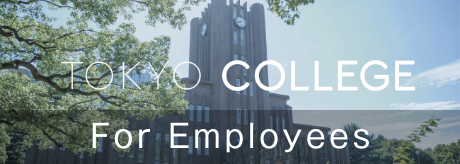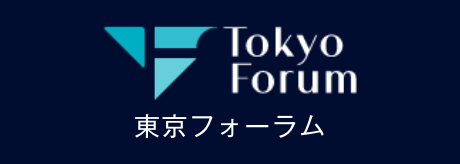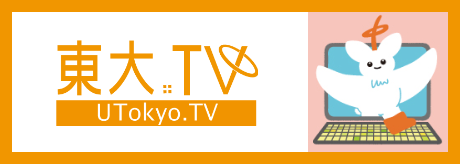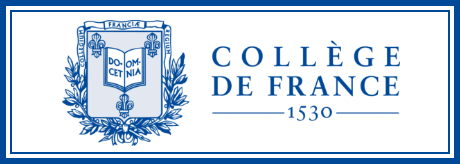Character Language and Society in Japanese Pop Media
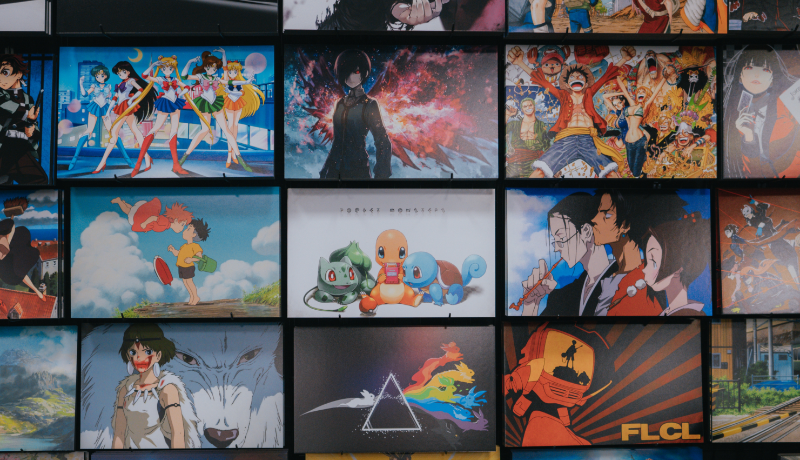
Abstract
Language as it is used in media content is at its core “metadiscursive” (Agha 2007:121). It provides insights into not only the ideological and semiotic processes involved in structuring discourse for a given genre and context, but also the sociocultural ideologies of the creator and their imagined audience. We can think of mediatized language as a kind of mirror of the society in which it is created. There always exists a creator, who frames the language of a media text according to what they imagine the target audience will expect and appreciate. Simultaneously, there is an audience to receive that media text, who by virtue of their viewership, will provide both direct and indirect feedback as to that text’s acceptability. With this in mind, this project is an ongoing exploration of how sociocultural ideologies are constructed, perpetuated, and critiqued in Japanese popular media.
Related Publications
Dahlberg-Dodd, H. E. (2022). Katakana and the mediatized ‘Other’: Script variation in fantastical narratives. Japanese Studies 42(3). DOI: https://doi.org/10.1080/10371397.2022.2027749
Dahlberg-Dodd, H. E. (2020). O-jōsama kotoba and a stylistics of same-sex desire in Japanese yuri narratives. In J. Welker (ed.), Mechademia: Second Arc 13(1): 6-23. DOI: https://doi.org/10.5749/mech.13.1.0006
Dahlberg-Dodd, H. E. (2020). Script variation as audience design: Imagining readership and community in Japanese yuri comics. Language in Society 49: 357-378. DOI: https://doi.org/10.1017/S0047404519000794
Dahlberg-Dodd, H. E. (2018). Voices of the hero: Dominant masculine ideologies through the speech of Japanese shōnen protagonists. Gender and Language 12(3): 346-371. DOI: http://dx.doi.org/10.1558/genl.32536.


